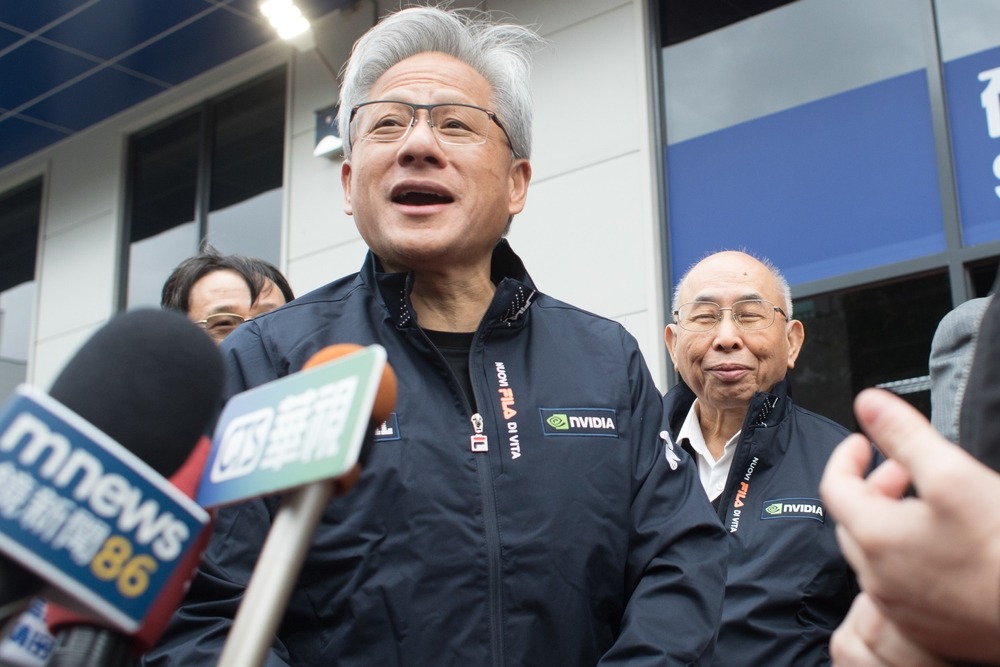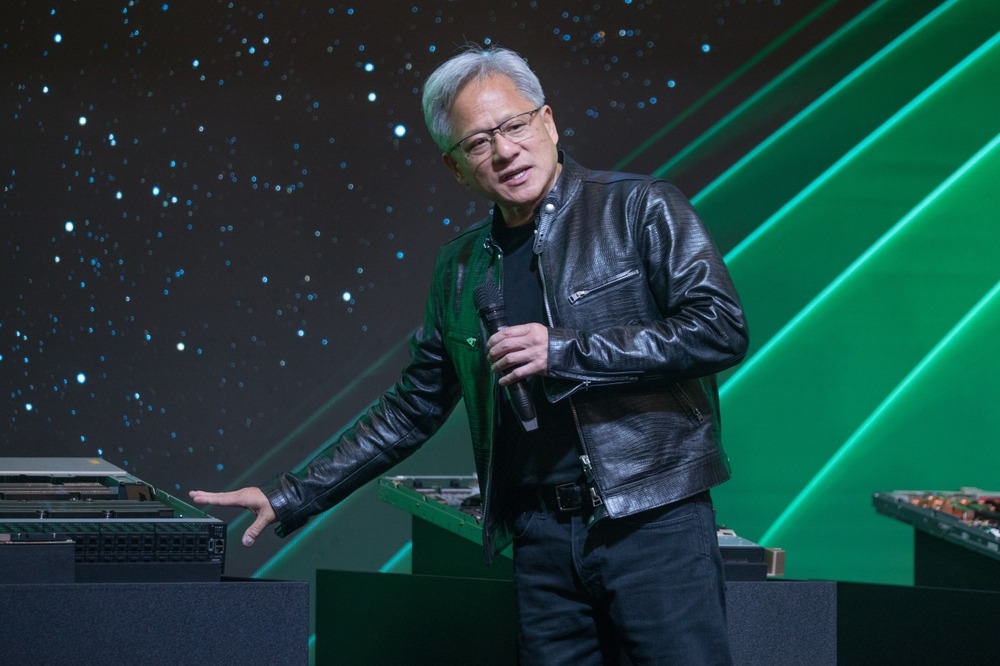Nvidia just pulled off a $46.7 billion quarter that shattered expectations, but instead of celebrating, Wall Street hit the brakes.
In a display of pure chip-powered prowess, Nvidia posted a staggering $46.7 billion in revenue during its second quarter—a 56% year-over-year surge that’s nothing short of AI magic. But while investors might have expected fireworks, shares slipped in after-hours trading. Why? The answer lies less in silicon and more in statecraft.

Jensen Huang transformed a diner-born idea into a $2 trillion AI empire.
Lightning-Like Growth Amid Global Tensions
Investopedia reports that Nvidia’s numbers were meteoric, with revenue soaring by 56% to $46.74 billion. Its data centre segment, the heart of its AI infrastructure business, contributed a whopping $41.1 billion—though it hit just shy of some analyst forecasts. That minor miss, combined with geopolitical fog, cooled investor enthusiasm briefly.
Geopolitics: The New Chip-Speed Bump
According to Reuters, the wrangle over Nvidia’s H20 chip—a model tailored for Chinese clients—continues. While export restrictions were loosened, the U.S. demands a 15% cut of sales revenues, and China hasn’t exactly rolled out a red carpet either. Nvidia didn’t include H20 sales in its Q3 forecast, citing regulatory uncertainty—but estimated possible revenue of $2–5 billion if the diplomatic ice thaws.
Planning Ahead: $3–4 Trillion AI Infrastructure
Despite the hiccups, Nvidia’s CEO Jensen Huang remains optimistic. He envisions an AI infrastructure boom approaching $3–4 trillion by the end of the decade. With major players like Meta, Microsoft, and Amazon fueling demand, Nvidia seems poised to ride the AI wave for years to come.

NVIDIA CEO Jensen Huang discusses AI, GPUs, and the future of technology during an outdoor interview session.
What’s Missing from the Headlines? Two Fresh Perspectives
The Competition Isn’t Standing Still
While Nvidia enjoys a dominance in AI chips—controlling more than 80–90% of the market—China is actively nurturing domestic contenders. Companies such as Huawei and Cambricon are part of a growing local ecosystem, potentially chipping away at Nvidia’s lead if geopolitical paths remain rocky.
Bubble or Bonfire? The AI Valuation Debate
AP News reports that some analysts warn of echoes from the late 1990s: a tech bubble fueled by fervour for AI. Nvidia’s valuation has ballooned, making it the first company ever to hit a $4 trillion market cap. That exuberance is both its engine and its potential Achilles heel.
People Also Ask About Nvidia
What is Nvidia’s fastest-growing business segment right now?
The data centre segment is the rocket ship, delivering $41.1 billion in revenue—a 56% leap year-over-year and constituting the lion’s share of overall growth.
Why are Nvidia shares dropping despite big earnings?
Shares cooled due to two main reasons: data centre revenue slightly missing lofty analyst expectations and high-stakes geopolitical uncertainty—especially around China's access to the H20 chip.
How much could Nvidia earn if H20 chip sales to China resume?
Nvidia estimates an additional $2–5 billion in Q3 if regulatory approval comes through and shipments resume.
Is the AI investment hype sustainable or setting us up for a crash?
While AI demand remains strong and Nvidia forecasts trillions in infrastructure spending ahead, some analysts caution that high valuations carry bubble risk. It’s a delicate balance between optimism and oversight.

Nvidia CEO Jensen Huang discusses next-gen AI hardware during a live presentation, highlighting the company’s breakthroughs in GPU technology.
Final Thought: The AI Race Is Just Starting
Nvidia’s Q2 performance showcases the furnace that is AI infrastructure—hot, powerful, and transformative. Yet, with diplomacy tripping up its most lucrative highway and valuation soaring into rarified air, the company must navigate both sand and stakes. While the AI boom is still accelerating, the real test lies in sustaining it across borders and economic cycles.













